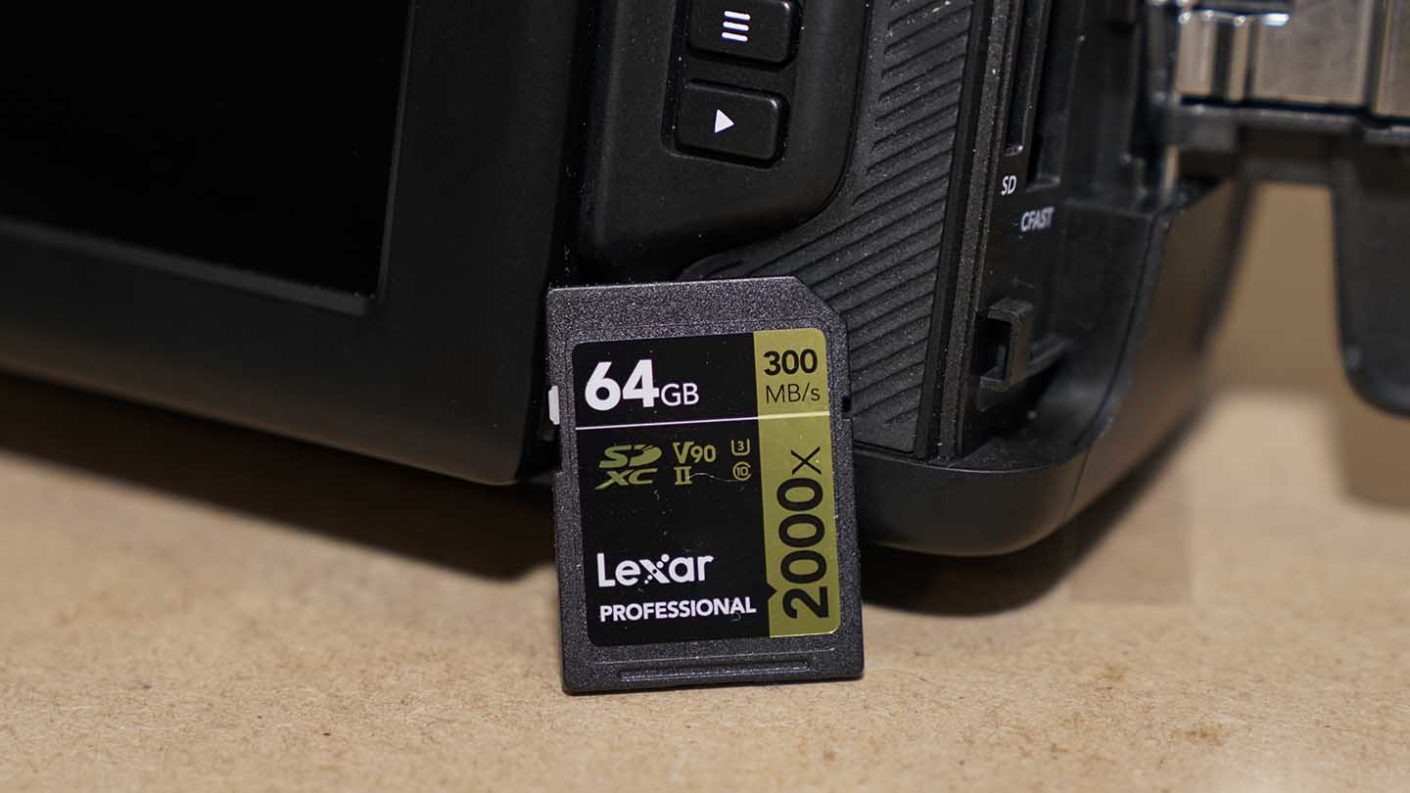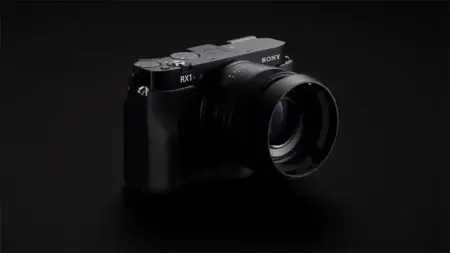New memory formats are coming up fast through the ranks, with CFast and CFExpress gathering pace and making an appearance on the latest cameras. However, the SD format is far from obsolete, with the new Blackmagic Pocket Cinema 6K Pro offering Dual Slot CFExpress and SD.
But while these new cameras offer ultra-high resolutions, that doesn’t always mean you need to fork out for the latest ultra-fast storage media.
While CFast and CFExpress offer incredible transfer speeds, these speeds often exceed what the cameras actually need. This means that you can opt for a slower card and save yourself a tonne of money.
The Lexar® Professional 2000x SDHC/SDXC UHS-II Cards SD is at the top end of the SD card format and is rated as UHS-II, Class 10, U3 and V90. This essentially means that it can, at present, cope with pretty much any camera data you throw at it.




